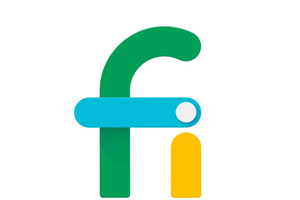Connectivity is one of the most important aspects of the 21st century. In business and in our personal lives, having a consistent, high-quality internet or phone connection is a necessity. In fact, as far back as 2011, a United Nation Report declared that disconnecting people from the internet is a human rights violation and against international law.
It is no surprise, therefore that poor connectivity service is one of the biggest complaints from telecoms customers – one which is likely to be a large contributing factor to the fact communications service providers (CSPs) experience a customer churn rate around 2-2.5% a month. Not only this, but telecoms businesses are under increasing pressure from regulators to improve service – for example, Ofcom introduced rules last year demanding 48 technical fault repairs on telecom networks, and BT was fined £800,000 for offering substandard services for deaf customers.
While price battles rumble on, it is evident the real war is being waged on the service battleground – yet the rules of engagement are starting to shift. A range of new players, including Google’s Project Fi and the British company Anywhere SIM, are set to drastically alter the shape of the communications market. Google and its ilk are promising a far greater level of service because, rather than tying customers to one network and therefore being hamstrung by ‘not-spots’ or service outages, these new services will automatically jump customers to the best possible connection. This can either be via WiFi, or the best available mobile network. This ‘network agnostic’ approach to connectivity means that customers will be automatically receiving the best quality service available at the time.
The potential disruption to the telecoms market of such services is potentially huge as it begs the question – who will own the customer experience? Potentially, in a Google Fi world, traditional telecoms brands will no longer be visible as customers hope from network to network. These developments leave CSPs with two options:
- They can work with Google to ensure that they are the network of choice in each area, and stand out in terms of the quality of service to drive more traffic to their networks.
- They can take Google head on, stepping outside of their immediate networks to becoming the lynchpin of service to customers, partnering with other providers and creating new services
The battle for the customer has already begun: in my next two blogs, I will delve into these issues in more depth to explore how CSPs can prepare now to ensure they prepared for a Google Fi future. There is a stark choice ahead for CSPs, but what is clear is that whatever path they choose, service assurance, supported by operational intelligence will be critical to success. Check in next week to see how CSPs can successfully ride the Google Fi wave…
By Gabriele Di Piazza, Senior Vice President, Products & Marketing, Guavus







